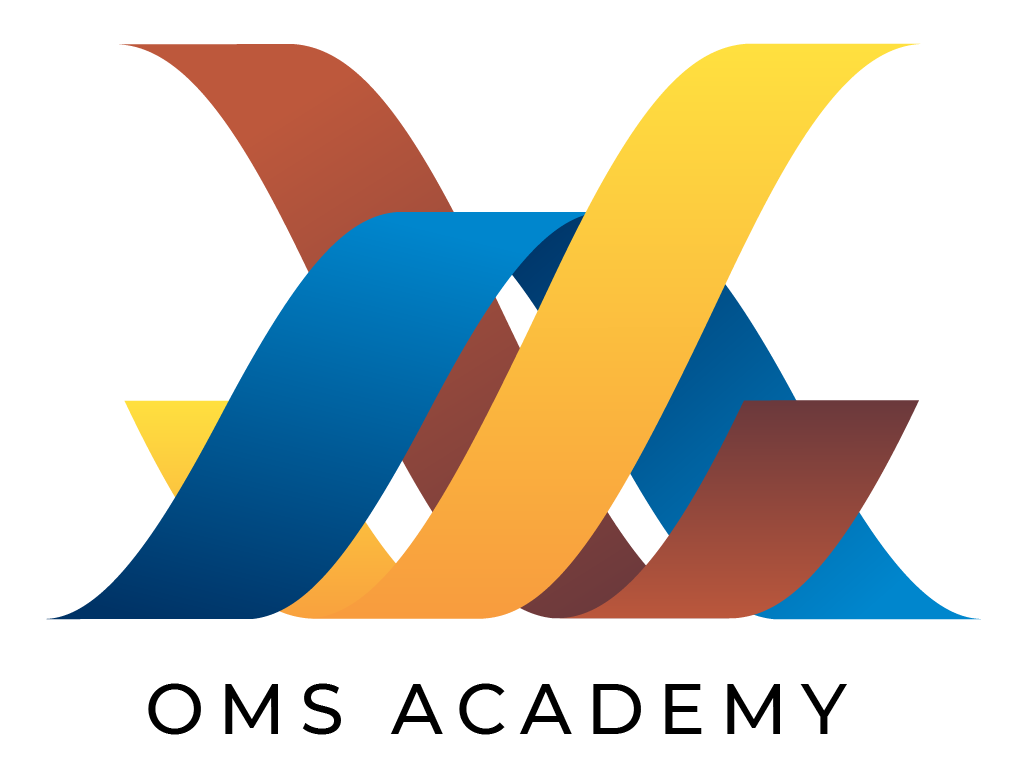Regarding the operations of the downstream refining sector, numerous articles in international journals have been authored by our academy’s industry experts. All of them are available here for free download for educational purposes. In addition, a compiled eBook of all published white papers is accessible from a single location.
Please provide feedback and suggestions for future whitepaper topics beyond those currently under development.

